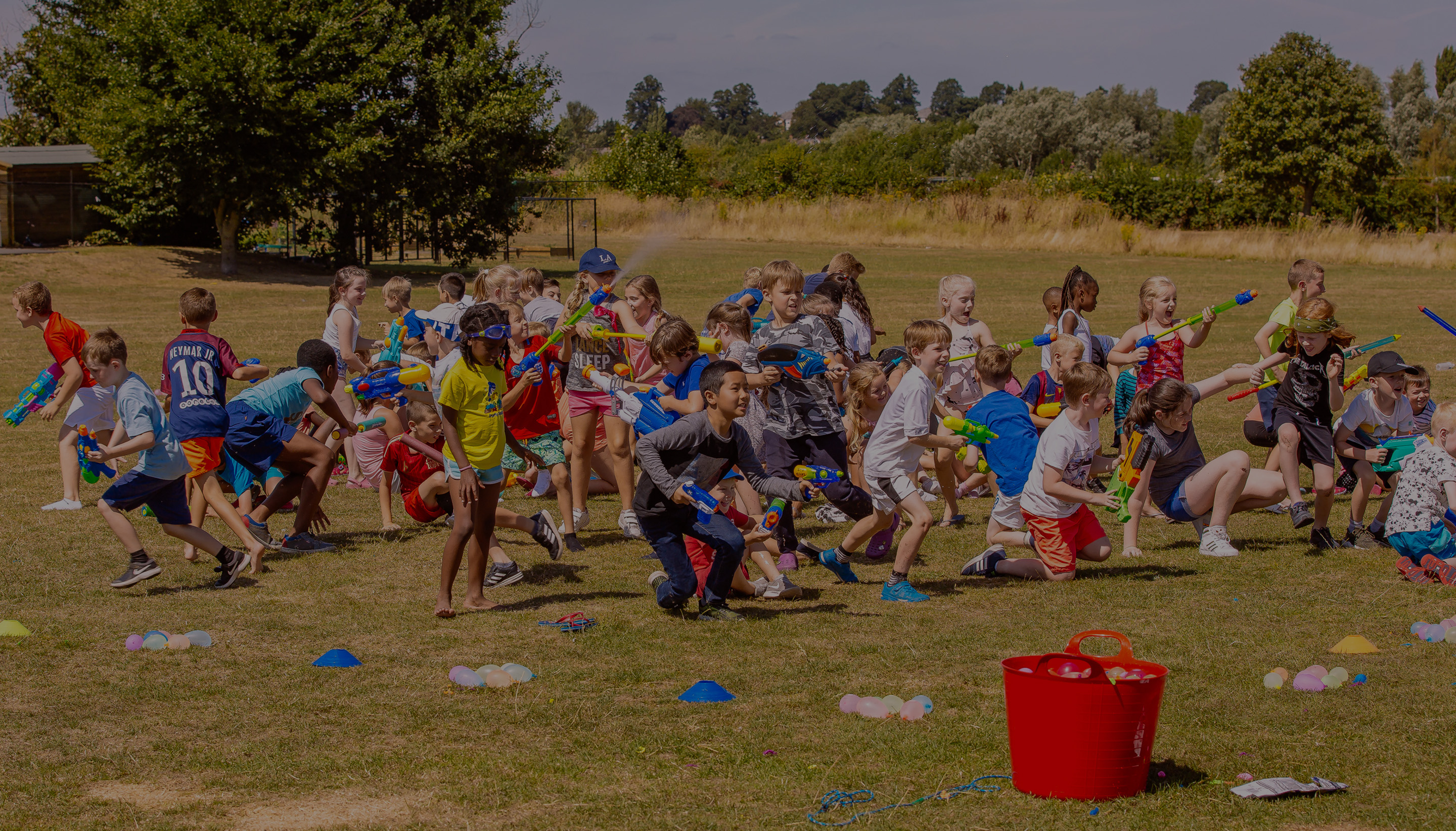TOP 10 FOOTBALL DRILLS FOR 2-3 YEAR OLDS
You want to know if you can run any good football games for 2-year-olds. You don’t need any special training, so don’t worry. With these fun top 10 football drills for 2-3 year olds, both kids and adults are sure to have a great time.
Whether you’re coaching a soccer team of two-year-olds or a parent looking for creative games to play in the backyard, there are lots of fun soccer games that will keep your average toddler interested in soccer, build their skills, and get them moving. Everyone will have a good time. Parents should definitely play the games with their kids who are 2 years old.
When you set up the game and explain how it works, it’s important to both tell and show them how each soccer game works. Keep things simple and do it again. Repetition is the most important way to learn. After a few minutes, you may want to change the game based on how well they’re doing and how much fun they’re having.
Tell them what they did well and how they can improve. Here are 10 soccer games for 2-year-olds that are fun and creative. These games for the youngest soccer players go with the following soccer moves for beginner
1. RED LIGHT GREEN LIGHT
Red light, green light is one of the oldest and most popular games for kids, and it’s easy to change it to fit youth soccer. I used it a lot as a warm-up for kids of different ages by adding fun things to the basic game based on how well each age group could do them. Keep things simple for a two-year-old.
Since two-year-olds might not know enough about traffic lights and what each colour means, it’s fine to tell them to “stop” and “go.” The best way to play this game is for everyone to start at one end of the soccer pitch and dribble their balls in a straight line towards the other end.
OBJECTIVE: We want the kids to be able to run with and without the soccer ball.
SET UP: the pitch by having your child (or children) stand at one end. Tell them they can act like race cars of any colour, but they have to listen to what you say. When you say “go” or “green light,” they walk or run towards you until you say “stop” or “red light.” You can also trick them by saying “red light” after they’ve already stopped.
VARIATIONS: Tell them that if you yell “traffic cop,” they should run back to the start as fast as they can, and you can chase them as a traffic cop while making the sound of a police car chasing them. After a few rounds, play the game again, but have the kids dribble their soccer balls this time. Young kids should dribble the ball slowly so that it’s easier for them to stop when you call a red light.
You can see a good example of how to play this game with young football players in the video below.
2. KICK AT THE COACH OR BUSY BEES
The kids I coached really liked this game, but a 2-year-old might need a few tries to figure it out. Once they do, a little enthusiasm from you will make them laugh out loud. It’s been called “Kick at the Coach” before. The older kids played a slightly more difficult version of the game Busy Bees.
OBJECTIVE: We want the kids to practise dribbling and shooting at a target.
SET UP: The kids will be told and shown how to dribble the football ball around the pitch towards the coach or another volunteer. When they get close enough, they are supposed to kick the ball at the coach. When Coach gets hit, he will jump in the air and say “ouch” or “you got me.”
VARIATIONS: In the busy bee version of this game, the kids pretend to be busy bees and dribble their balls around the beehive while buzzing around. When you, a parent, coach, or other volunteer comes into the area, the kids try to hit you with their soccer balls, called “stingers.”
When the ball “stings” the coach, he or she should do something silly. The more crazy, the better. You can also do rolls in the opposite direction, and the coach will (gently) kick his ball at the kids.
3. CAR RACES
Like Red Light, Green Light, his game can be played first without a ball and then with soccer balls. Kids like to compete by nature. It just feels right.
OBJECTIVE: The kids should be able to run fast while dribbling the ball and not let it get too far ahead of them.
SET UP: the game by starting the race at one end of the field. Two-year-olds find it easiest to go in a straight line from one end to the other. If they are old enough, let them choose the colour of the race car they will be. Tell them to turn on their engines and give them a countdown: 5….4….3….2….GO!
VARIATIONS: You can give older kids a challenge by making them race around an oval of discs or cones. This will force them to “cut” or “chop” the ball from the side to make turns around the oval.
Having these 2-year-olds race without the ball and have fun is good for them. It shows them that running is a big part of soccer fun, even when they don’t have the ball. It also helps them get aerobic exercise without making it seem like a boring “fitness drill.”
4. FOLLOW THE LEADER
This is another example of a well-known game that has been changed to fit the rules of football. Two-year-olds learn a lot by copying what other people do.
OBJECTIVE: The main goal of this game is to help kids get better at dribbling, especially at changing directions, going faster, and stopping.
SET UP: Start by putting yourself in charge and telling the kids to bring their football balls and follow you. At first, move the ball slowly in a straight line. Say “follow me” or “kick it this way” to the kids often to remind them. As the kids get better, you can change the direction and add some speed.
VARIATIONS: Add some easy football moves like stepping over the ball, stopping it gently with the bottom of your foot, or kicking it sideways. Don’t forget to say what you are doing so everyone can hear. The kids need to see and hear you do the ball skill for them to know what to do.
Change the kids in charge and let them lead the group. It makes it more fun and helps you feel better about yourself.
5. ANIMAL FARM
Kids of all ages love animals, and this soccer game is a favourite among kids of all ages. Kids like to act and sound like animals they don’t know.
Kids love to make animal sounds and run like the animals they hear.
OBJECTIVE: The goal of this game is for the children to dribble the ball like their favourite animal.
SET UP: The pitch is a normal football pitch. Tell the children to dribble the ball around the pitch. You can ask the kids how different animals sound, like “how does a cow sound?” or “What does a monkey say?” Tell them to dribble like that animal after they answer. Remind them to make that animal’s sound when they dribble.
You don’t have to play the game with farm animals only. You could ask them about animals at the zoo, frogs, or birds. Again, the coach’s enthusiasm and energy in showing and playing this game has a big effect on how much fun the kids will have.
6. BODY PART GAME
Game of Body Parts
Playing “body parts” can get pretty silly. The kids had so much fun playing the body part game that I used it as part of my free demos when I went to new places to promote my youth football programme.
OBJECTIVE: This game gets kids moving and stretching, and it also shows them that the ball may touch other parts of their bodies, but they can still have fun. The 2-year-olds can also stretch their muscles without realising it when they play this game.
SET UP: Tell the kids to dribble the ball around, but make sure they stay on the soccer pitch. You will tell the kids to stop the ball with different parts of their bodies and then start dribbling again. Add the toes, the bottom of the foot, the belly, and so on.
HINTS: Make sure to tell them to stop with their other foot, ear, or elbow to keep it fun. During the kids’ stops, I’d ask them silly questions.
For example, after the kids stopped the football ball with their noses, I’d ask, “How does it smell?” and then say “YUCK!” in a loud voice. After they stopped the ball with their ear, I’d ask, “Can you hear the ball talking?” I’d answer Yes! The ball says, “Dribble me again!” and laughs.
It can be a lot of fun to try to stop the ball with different parts of your body in quick succession. For example, you could try to stop the ball with your knee, then your belly, then your chin.
7. WHATS THE TIME MR FOX?
Two-year-olds are just starting to learn numbers and how to count, so this game is perfect for them. “What Time is it, Mr. Wolfe?” is another name for this game. I’d rather see a fox than a wolf. Young children don’t find them as scary.
OBJECTIVE: To help the kids learn how to control their dribbling and sometimes stop it.
SET UP: At the end of the football pitch, kids line up next to each other. “What time is it, Mr. Fox?” should be asked out loud by one or all of the kids. You are the fox, and you say a number, like “3.” The kids will then dribble for three steps. Go on with a few different small numbers and count out loud to help the kids.
VARIATIONS: You can also answer the question about time with “Dinner Time.” At dinner time, tell the kids to dribble their soccer balls back to where they started or the fox will eat them. The coach can send the kids back to the beginning by saying, “I’m hungry. I want to eat the ball you have.”
8. VOLCANOES
Volcanoes or Witches’ Hats?
Two-year-olds don’t know what a volcano is, but the game of “volcanoes” is easy to change into a fun soccer game for them.
OBJECTIVE: This dribbling soccer game is meant to teach kids how to change the direction of their soccer ball while dribbling to keep it from running into soccer cones.
SET UP: the pitch by putting the cones (or other objects) in different places around it. You can get creative and have the kids try to keep their soccer balls from hitting imaginary things instead of trying to avoid the hot, smoking volcanoes.
Use the cones or something else to describe something made up. The tall cones could be called witches’ hats, upside-down ice cream cones, trees, or their favourite animal.
VARIATIONS: Once the kids have learned to dribble around the objects to avoid hitting them, you can give them imaginary powers. If you gave them volcano power, Superman powers, or any other superpower, they could kick their soccer balls over the cones. Hint: This works best if you tell the kids to dribble up close to the cones before kicking their ball at them to knock them over.
9. PACK THE MARSHMALLOWS
Who is a fan of marshmallows? This is the question you should ask your football players when you first show them how to play. Don’t all kids?
OBJECTIVE: To teach the kids how to score goals as quickly as possible.
SET UP: Depending on how many kids are playing, use one or two football goals. The best way to play this game is with as many soccer balls as possible, but a single child can play it with just one soccer ball.
The games are meant to do “fill your mouth with the marshmallow(s) (the goal). You can get the kids’ attention by telling them that the mouth is very hungry and that we need to feed it as soon as possible.
VARIATIONS: Tell your player(s) they are dinosaurs and ask them to growl like one. Tell your young soccer players that they need to collect the dinosaur eggs, which are the soccer balls, and kick them back into the dinosaur nest.
10. KICK THE CONES
This is a great football game for kids who are just starting out and are 2 years old. For older players, you can make it more interesting by setting up a competition between the kickers and the fixer-uppers.
OBJECTIVE: This game is meant to teach these little kids how to kick, which is one of the most basic football skills.
This can be done with or without a soccer ball, but two-year-olds who are just starting to play soccer will have better luck if they don’t have one. You can add the football ball to this game once they get this down and their motor skills get better.
SET UP: Place the tall cones around the football pitch in a circle. Tell the kids to run to each of the cones. Stop, then kick over the cone. How fast can you knock over all the cones? First tell them, then show them. Stress how they stop first with the foot that isn’t kicking the ball right next to it.
VARIATIONS: While the other players are kicking over the cones, you and/or an assistant can “fix” them. You can change the number of fixer-uppers and turn it into a competition.
We are experts in the field of teaching and coaching. We run our own Football Development Centre please follow the page for more info!










